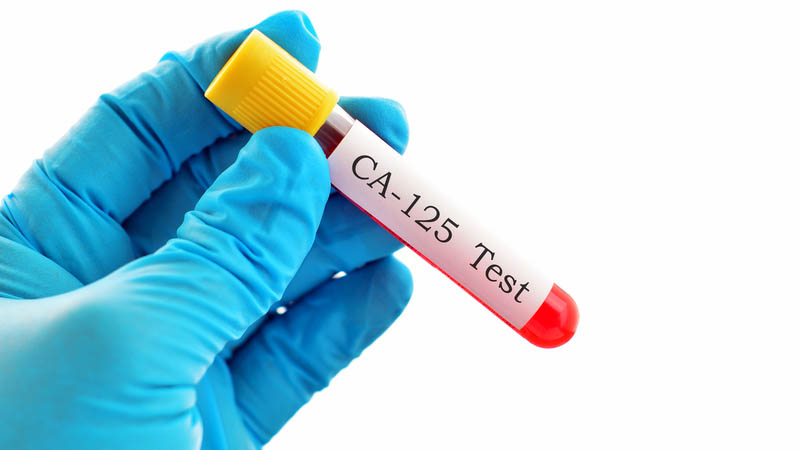Eff ectiveness of photodynamic therapy in the treatment of vulvar lesions
Agnieszka Maździarz, Beata Śpiewankiewicz, Aleksandra Zielińska, Adrianna Skrajna
 Affiliacja i adres do korespondencji
Affiliacja i adres do korespondencjiThe essence of photodynamic therapy (PDT) is mutual interaction of light and chemical compounds excited by it. In order to obtain desired fluorescence, energy must be administered to tissues in the form of light, whose wavelength is concordant with light absorption spectrum of photosensitizer used. In the diagnosis and treatment of vulvar lesions, the photosensitizer of choice is 5-aminolevulinic acid (ALA), a precursor substance in the synthesis of protoporphyrin IX. Aim of paper: Assessment of effectiveness of PDT in the treatment of ailments associated with non-neoplastic vulvar diseases, depending on concentration of photosensitizer used (3% or 15%), comparison of therapeutic effectiveness and duration of remission. Material and methods: PDT was used in 89 patients complaining of severe ailments in the vulvar area, described by them as sensations of pain, stabbing, burning or itching. ALA in two concentrations was applied directly to the lesions. Patients in subgroup A received 15% ALA ointment on eucerin basis. Patients in subgroup B received 3% ALA gel with 2% DMSO. Red light generated by a xenon lamp (630±20 nm wavelength) was used for irradiation of lesions. Results: Follow-up time was 12 months. Mean recurrence-free survival in the subgroup A and B was 11.3 months and 10.6 months, respectively. Conclusions: PDT using topical 3% ALA + 2% DSMO is as effective as 15% ALA in the detection of vulvar lesions and in the relief of ailments associated with non-neoplastic vulvar diseases. Use of less concentrated ALA preparation did not result in any significant reduction of remission time.









